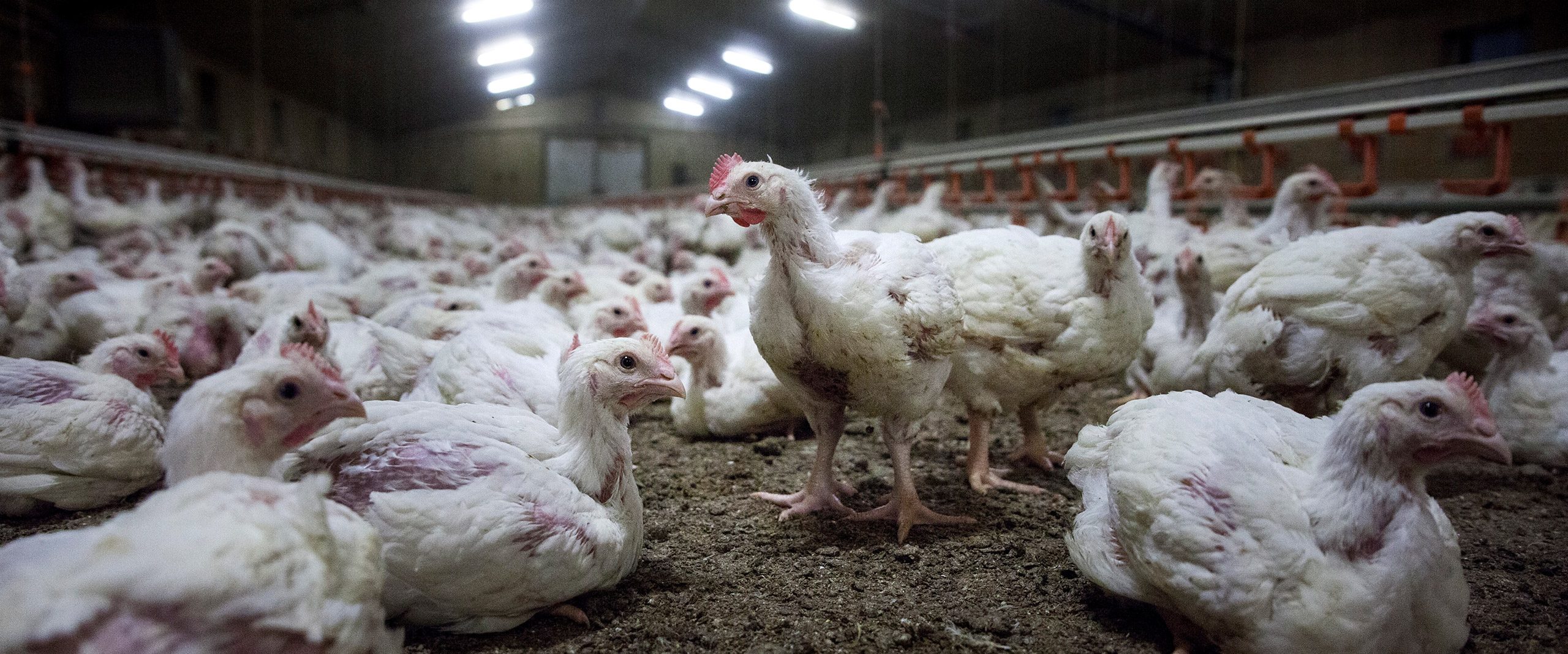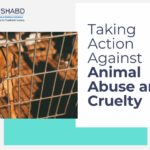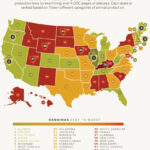In the mosaic of human existence, the delicate brushstrokes of our choices reveal a complex portrait of ethical dilemmas. One of the most debated aspects within this intricate tapestry involves the treatment of animals raised for meat, particularly chickens. As we dissect whether killing chickens for meat constitutes animal cruelty, we traverse a treacherous path laden with legal, ethical, and emotional considerations.
The truth begins to unfurl upon examining the existing legal frameworks governing the treatment of farm animals. In many jurisdictions, laws such as the Animal Welfare Act establish a baseline for humane treatment, yet they often leave substantial gray areas unaddressed. Chickens, often referred to as the ‘forgotten fowl’, are afforded less protection compared to other animals, raising pertinent questions about our collective ethical obligations.
Legislation surrounding the slaughter of chickens is riddled with complexities. The U.S. Department of Agriculture (USDA) oversees poultry processing, ensuring that certain standards are met. However, these regulations primarily focus on food safety rather than animal welfare. As a result, a paradox emerges wherein chickens are ruthlessly bred, confined, and ultimately slaughtered, all under the guise of regulatory oversight.
When it comes to the legal definition of animal cruelty, the parameters often estable a narrow scope. Acts deemed as cruelty involve causing unnecessary suffering or pain. However, the regulatory disjunction complicates matters immensely. The process of raising chickens for meat is often characterized by overcrowding, physical mutilations, and painful confinement systems. These practices may not technically breach the existing legal definitions of cruelty, but they solicit a critical examination of morality and ethical responsibility.
Think of chickens as grains of sand on an expansive beach, easily overlooked amid a multitude of larger concerns. Yet, these seemingly insignificant creatures experience a profound spectrum of suffering. From hatcheries where beaks are clipped to prevent pecking, to battery cages that restrict movement, the reality for chickens is frequently one of extreme confinement and distress. To the discerning eye, this raises an elephantine question: can such profound suffering, legally sanctioned, ever be deemed acceptable?
Globally, perceptions of animal welfare vary significantly, reflecting cultural and societal contexts. In some nations, animal rights activists have propelled initiatives resulting in stricter regulations that address systemic cruelty. However, in regions where poultry farming predominates, the prevailing attitude often promotes a utilitarian perspective—the end justifies the means. In this view, the lives of chickens are reduced to mere commodities, spurring unending cycles of exploitation while disregarding their sentience and capacity for suffering.
The industrial mechanisms of poultry farming further contribute to this ethical quandary. The sheer scale of production necessitates methods that eschew individual animal welfare in favor of efficiency and maximization of profit. The metaphor of a well-oiled machine aptly encapsulates this dynamic. Each chicken represents a cog within an immense apparatus, stripped of individuality and emotion, yielding profits at the cost of sentience. This mechanization often results in egregious practices that many would label as cruel.
As contentious as the legal framework may be, shifting societal attitudes play a pivotal role in shaping perceptions of cruelty. The advent of social media and increased awareness surrounding animal rights have fueled the fervor of advocacy. Imagine a symphony gaining momentum, each note contributing to a harmonious call for change. As individuals become increasingly aware of the moral implications intertwined with their dietary choices, their voices amalgamate into a powerful chorus advocating for improved welfare standards, even for the battered chickens.
Yet, the question remains—how can society reconcile existing practices with a burgeoning consciousness surrounding animal welfare? To this end, re-evaluating current legislation may be imperative. As a society, it becomes essential to advocate for comprehensive reforms that consider the intrinsic suffering inherent in the poultry industry. A reimagined legal landscape might entail stricter enforcement of existing animal welfare laws or the inclusion of provisions specifically protecting chickens from inhumane treatment.
Furthermore, the growth of alternatives to conventional poultry farming presents fertile ground for shifting paradigms. With advancements in plant-based protein and lab-grown meat technologies, the question of animal use in food production might transform considerably. By providing choices that allow consumers to forgo the consumption of chicken, a dual mission emerges: to reduce animal suffering while promoting ecological sustainability. This potential transformation evokes aspirations for a future where compassion eclipses cruelty.
As the narrative of chickens and their right to a dignified life continues to unfold, a resolution remains elusive. The legal discourse surrounding this issue encapsulates the broader triumphs and tribulations of humanity’s quest for ethical clarity. It invites profound introspection into our dietary choices and their reverberating effects on sentient beings who share this planet. In the silent cries of the chicken, a resounding call for justice echoes, urging us to re-consider our roles in this complex tapestry of life.
In contemplating the question of whether killing chickens for meat is considered animal cruelty, it becomes clearer that the lines are drawn not just in legislation, but in the conscience of society. The duality of existence—the pressing need for sustenance and the imperative for ethical treatment—challenges us to transcend ambiguity and pursue a path that honors the dignity of all living beings.








